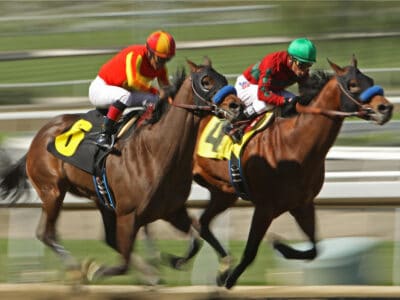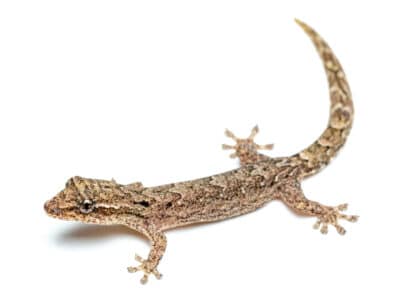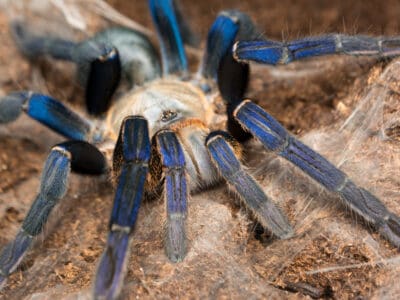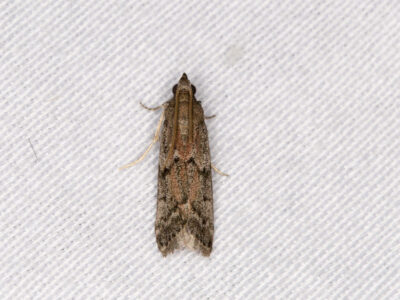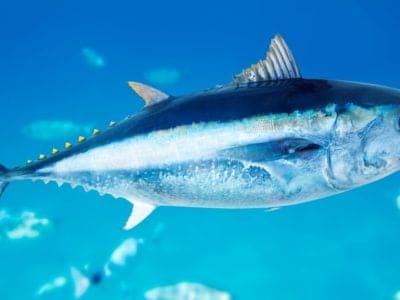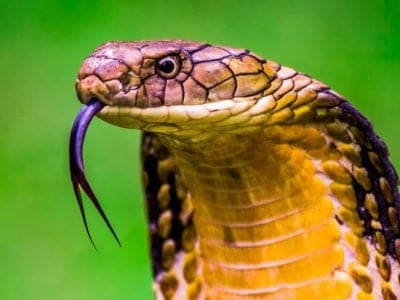Chipping Sparrow
Spizella passerina
Gets its nickname "hair bird" due to the fact that it lines its nest with animal hair
Advertisement
Chipping Sparrow Scientific Classification
- Kingdom
- Animalia
- Phylum
- Chordata
- Class
- Aves
- Order
- Passeriformes
- Family
- Passerellidae
- Genus
- Spizella
- Scientific Name
- Spizella passerina
Read our Complete Guide to Classification of Animals.
Chipping Sparrow Conservation Status
Chipping Sparrow Facts
- Prey
- Caterpillars, grasshoppers, other insects, some spiders
- Group Behavior
- Flock
- Fun Fact
- Gets its nickname "hair bird" due to the fact that it lines its nest with animal hair
- Estimated Population Size
- 200 million
- Biggest Threat
- Humans (exposure to pesticides and roaming cats)
- Most Distinctive Feature
- Conifer or deciduous trees
- Distinctive Feature
- 14 - 16 days after hatching
- Other Name(s)
- Hair bird
- Wingspan
- 8 to 9 inches
- Incubation Period
- 10 - 15 days
- Habitat
- Grassy woodlands
- Predators
- Domestic cats, snakes, hawks
- Diet
- Omnivore
- Favorite Food
- Insects and seeds
- Common Name
- Chipping Sparrow
- Nesting Location
- Conifer or deciduous trees
- Age of Molting
- 14 - 16 days after hatching
View all of the Chipping Sparrow images!
The chipping sparrow gets its name from its distinctive call, chipping away as it forages for food.
The chipping sparrow is a calm, merry bird with a widespread presence across North America. While they pair off during the breeding season, these birds become much more social as the weather cools, forming large flocks in the winter months.
Anyone who spends time around a bird feeder where these birds are present will recognize the chipping call that lends it its name. They are frequent visitors to bird feeders, eating seeds both from the tray and hopping along on the ground, clearing up debris from under the feeder.
Three Amazing Facts
- A voracious eater, particularly during the cold months, the chipping sparrow will eat 70 times its weight in seeds during the winter.
- While most birds molt twice a year, the chipping sparrow can replace the feathers on the throat and face up to six times each year.
- Baby and young chipping sparrows have noticeable streaks on their underside. While the distinctive cap and black eye-line are present, they aren’t as prominent as in the adult.
Where To Find the Chipping Sparrow
This bird can be found all across North America. They have a preference for grassy clearings with nearby forests and open woodlands. They are highly adaptable and are often found in parks and are frequent guests to backyard feeders.
Scientific Name
The chipping sparrow, or the hair bird, is a member of the Aves class and Passeriformes family. The scientific name for the chipping sparrow is Spizella passerina.
Appearance
This small, slender bird has a brown striped back with a gray underbelly. Its most distinctive features and what make it easy to recognize are its red-brown cap and the thin line of black that runs from the beak, across the eye, and towards the back of the head.
Unlike many types of birds, the male and female chipping sparrow are marked the same.
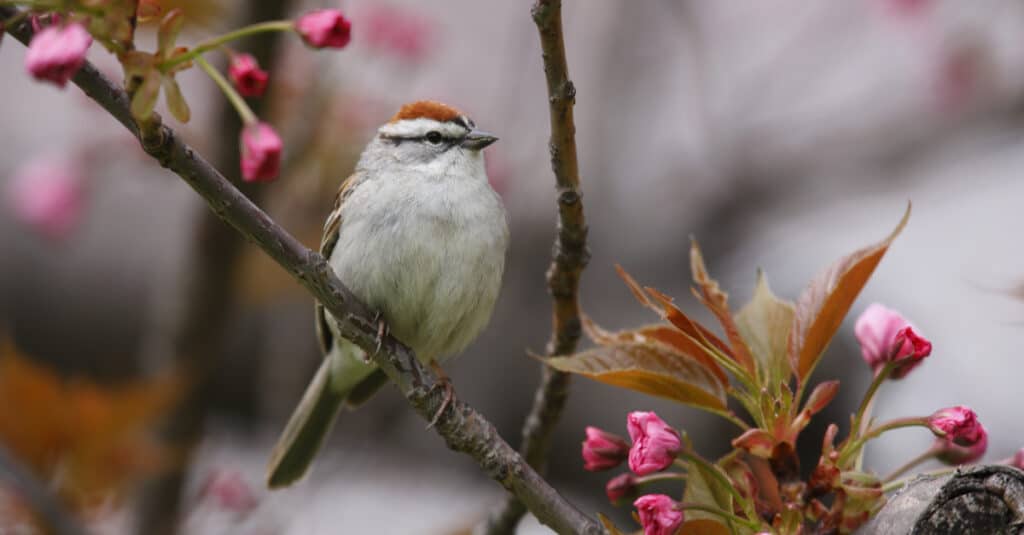
Chipping Sparrows have a recognizable reddish-brown cap and a fine line of black that runs from their beaks towards the back of their heads
©Stubblefield Photography/Shutterstock.com
Behavior
These birds are most active in the morning and evening hours, although they spend most of the day foraging. During the breeding season, they pair off and will defend their territories. The male of the pairing will defend the entire range of his breeding territory, using both threat displays and song to warn off others. The female will defend her immediate nest area.
As the weather cools, they flock with other sparrows for the winter.
Aside from the chipping noise they make when interacting with others, they also have a single note trill, used by the males during the breeding season, and a more harsh vocalization they use when disturbed.
Chipping Sparrow Diet
These birds are voracious eaters, happy to clean up bread crumbs and other foods tossed out by humans, as well as being a regular visitor to bird feeders. When foraging on their own, they eat a wide variety of weed and grass seeds. They also eat insects, spiders, and other invertebrates. They are particularly fond of these high-protein meals during the breeding season and while raising their young. Finally, the chipping sparrow also enjoys eating seasonally-available fruits.
Predators and Threats
Its small size makes these birds vulnerable to many threats. Other birds, mammals, and snakes will prey on both the sparrow and its eggs. Raptors, such as Cooper’s hawk and American kestrel will target adults in flight or while on their nest, but even American crows and blue jays are a threat.
In addition to these obvious predators, the eggs of the chipping sparrow may be displaced by the brown-headed cowbird. This parasitic bird lays its eggs in other birds’ nests. The other bird tends to the egg and baby as if it were its own. The chipping sparrow is a frequent target of the cowbird.
Reproduction, Babies, and Lifespan
Chipping sparrows pair through singing, paired flying, and foraging. Neither the male nor female chipping sparrow is monogamous. In the days after mating, the pair will begin working on their nest.
There are typically between 2 and 5 eggs in a clutch. The female incubates the eggs, which hatch 10 to 12 days later. During this period, the male brings the female food. The baby sparrows leave the nest nine to twelve days after hatching, although they stay close for several weeks and are fed by both mother and father during this time.
Generally, the chipping sparrow will have one brood each season, although they will occasionally have a second later in the summer.
Chipping Sparrow Population
As a species of least concern, it is difficult to estimate the total number of chipping sparrows, but it is estimated to be over 200 million.
View all 235 animals that start with CChipping Sparrow FAQs (Frequently Asked Questions)
Why are they called chipping sparrows?
When chipping sparrows are interacting with other birds and looking for food, they make a distinctive chip-chip noise. This is different from the single-note song males use during mating season.
How do you identify a chipping sparrow?
To differentiate the chipping sparrow from other members of the sparrow family, look for a chestnut brown cap on the head and a black line that runs from the beak, across the eye, and towards the back of the head. These marks do fade during the winter, making it more challenging to separate chipping sparrows from others during this time of year. The male and the female of the species look the same.
Are chipping sparrows rare?
No, they are a species of least concern.
Where do chipping sparrows migrate to?
Chipping sparrows in milder areas of the US remain in place over the winter. Those in the northern areas of their range may migrate to lower elevations or further south within the range during the colder months of the year.
What do chipping sparrows eat?
These birds are ground forages. They most often eat seeds but are also fond of insects, caterpillars, beetles, and grasshoppers.
How many eggs do chipping sparrows lay?
2 to 7
How fast does the chipping sparrow fly?
20 mph
What is the chipping sparrow's wingspan?
8 to 9 inches
When do chipping sparrows leave the nest?
Chipping sparrows leave the nest when they are between 8 and 12 days old.
Thank you for reading! Have some feedback for us? Contact the AZ Animals editorial team.
Sources
- Penn State University / Accessed April 18, 2022
- All About Birds / Accessed April 18, 2022










